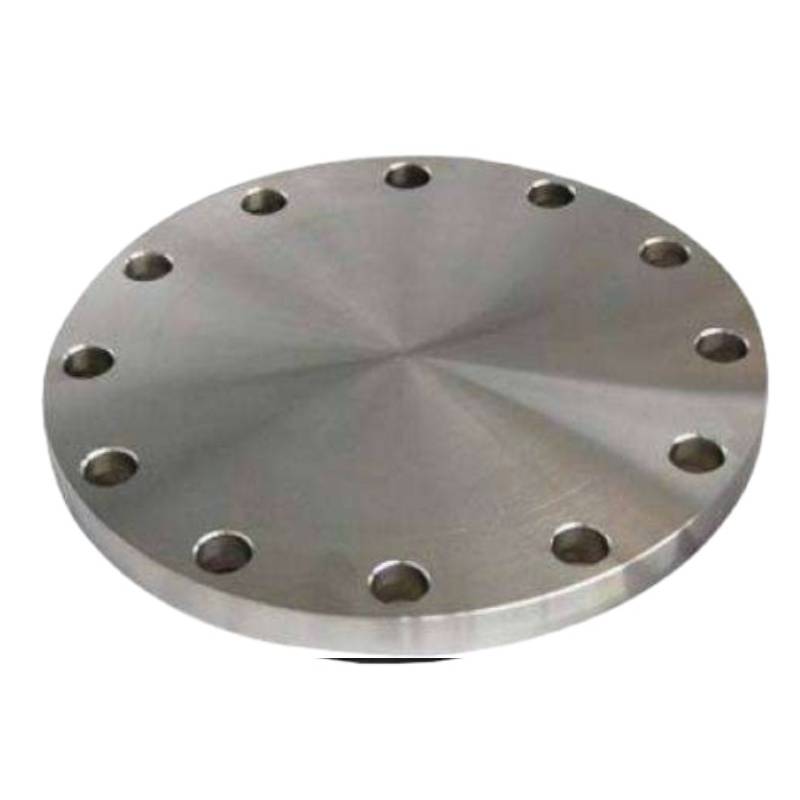-
Cangzhou Yulong Steel Co., Ltd.
-
Phone:
+86 13303177267 -
Email:
admin@ylsteelfittings.com
- English
- Arabic
- Italian
- Spanish
- Portuguese
- German
- kazakh
- Persian
- Greek
- French
- Russian
- Polish
- Thai
- Indonesian
- Vietnamese
- Zulu
- Korean
- Uzbek
- Hindi
- Serbian
- Malay
- Ukrainian
- Gujarati
- Haitian Creole
- hausa
- hawaiian
- Hebrew
- Miao
- Hungarian
- Icelandic
- igbo
- irish
- Japanese
- Javanese
- Kannada
- Khmer
- Rwandese
- Afrikaans
- Albanian
- Amharic
- Armenian
- Azerbaijani
- Basque
- Belarusian
- Bengali
- Bosnian
- Bulgarian
- Catalan
- Cebuano
- China
- China (Taiwan)
- Corsican
- Croatian
- Czech
- Danish
- Esperanto
- Estonian
- Finnish
- Frisian
- Galician
- Georgian
- Kurdish
- Kyrgyz
- Lao
- Latin
- Latvian
- Lithuanian
- Luxembourgish
- Macedonian
- Malgashi
- Malayalam
- Maltese
- Maori
- Marathi
- Mongolian
- Myanmar
- Nepali
- Norwegian
- Norwegian
- Occitan
- Pashto
- Dutch
- Punjabi
- Romanian
- Samoan
- Scottish Gaelic
- Sesotho
- Shona
- Sindhi
- Sinhala
- Slovak
- Slovenian
- Somali
- Sundanese
- Swahili
- Swedish
- Tagalog
- Tajik
- Tamil
- Tatar
- Telugu
- Turkish
- Turkmen
- Urdu
- Uighur
- Welsh
- Bantu
- Yiddish
- Yoruba

Oct . 05, 2024 12:27 Back to list
DIN Flange Size Specifications and Standardized Dimensions for Various Applications
Understanding DIN Flange Dimensions
Flanges are critical components in various industrial applications, serving as the connection point between different pipeline segments. Among the various standards available, the Deutsches Institut für Normung (DIN) flanges are widely recognized for their reliability and performance in different engineering sectors. Understanding DIN flange dimensions is essential for engineers and technicians involved in pipeline design and maintenance.
DIN flanges come in various types, including slip-on, weld neck, blind, and threaded flanges, each serving specific purposes and applications. The dimensions of DIN flanges are standardized, which ensures compatibility and interchangeability across different manufacturers and systems.
Understanding DIN Flange Dimensions
Apart from the nominal size, DIN flanges have specific metrics that define their dimensions. The most critical dimensions include the outer diameter (OD), the inner diameter (ID), the thickness of the flange (T), and the bolt circle diameter (BCD). The outer diameter is crucial for ensuring proper alignment with matching flanges, while the bolt circle diameter is essential for securing the flange with bolts.
din flange dimensions

Another important aspect is the number and size of bolt holes, which are designed to accommodate standard bolt sizes, ensuring that the flanges can be securely fastened. The dimensions and spacing of these bolt holes are vital for achieving a proper seal in high-pressure applications.
A commonly used standard for DIN flanges is DIN 2573, which outlines the requirements for different flange dimensions depending on the pressure class. These pressure classes range from PN 6 (6 bar) to PN 40 (40 bar), indicating the pressure limits within which the flange can operate safely without failure. It is essential to select the appropriate flange dimension and pressure class based on the specific requirements of a project to ensure safety and prevent leaks.
In addition to these dimensions, the material of the flange is also vital. DIN flanges can be made from various materials, including carbon steel, stainless steel, and alloys, each providing different properties such as corrosion resistance and strength. When choosing a flange, the material must be compatible with the medium flowing through the pipeline and the operating conditions it will face.
In conclusion, understanding DIN flange dimensions is fundamental for professionals in the engineering and construction industries. Proper selection of flange dimensions, pressure class, and material ensures efficient and safe operation of piping systems. As industries continue to advance and evolve, being well-versed in these specifications will help in the design of robust and reliable piping solutions. In summary, attention to detail in DIN flange dimensions can prevent leaks, reduce maintenance costs, and ultimately lead to safer and more efficient industrial operations.
Latest news
-
ANSI 150P SS304 SO FLANGE
NewsFeb.14,2025
-
ASTM A333GR6 STEEL PIPE
NewsJan.20,2025
-
ANSI B16.5 WELDING NECK FLANGE
NewsJan.15,2026
-
ANSI B16.5 SLIP-ON FLANGE
NewsApr.19,2024
-
SABS 1123 FLANGE
NewsJan.15,2025
-
DIN86044 PLATE FLANGE
NewsApr.19,2024
-
DIN2527 BLIND FLANGE
NewsApr.12,2024
-
JIS B2311 Butt-Welding Fittings LR/SR 45°/90° /180°Seamless/Weld
NewsApr.23,2024











